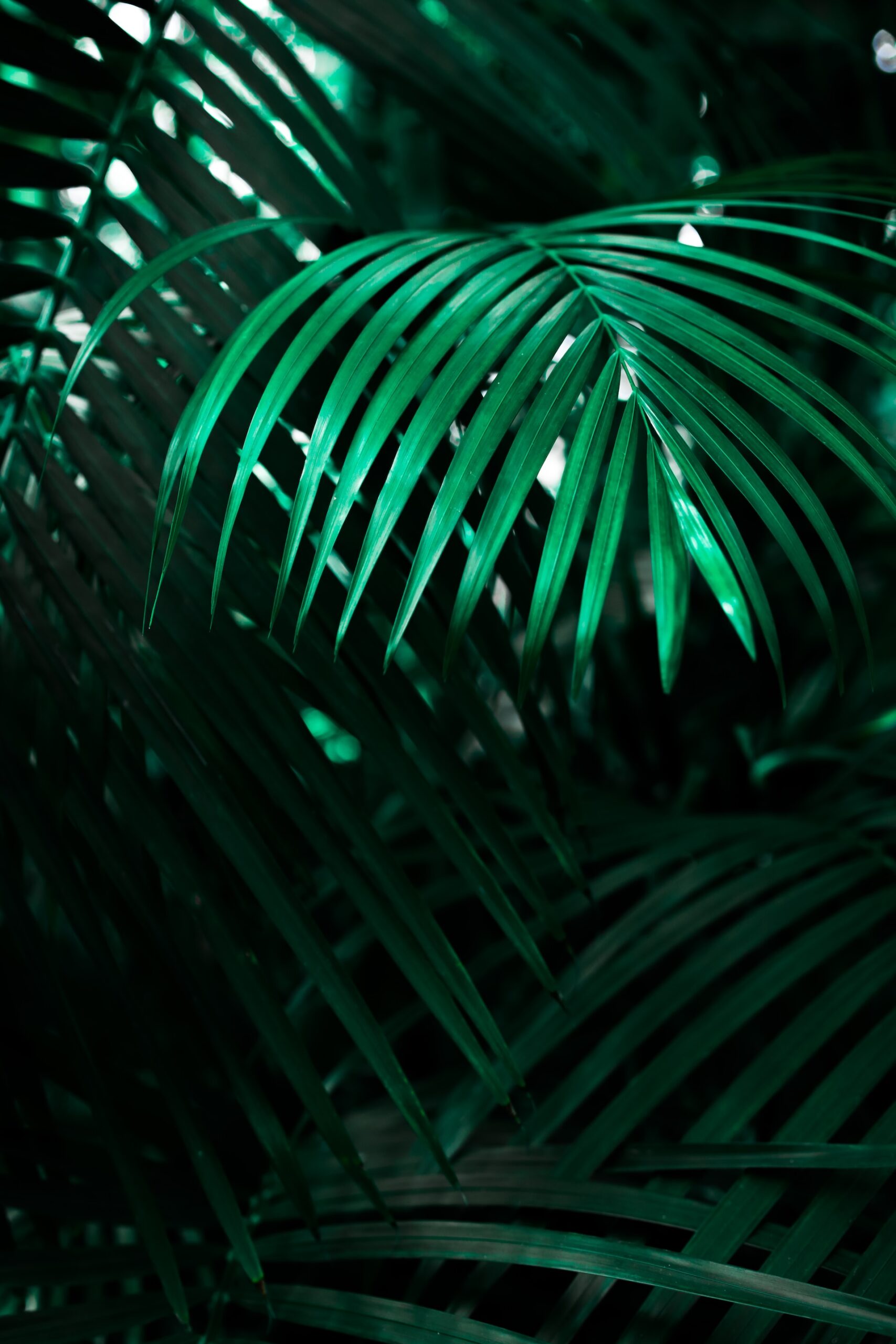Given the ongoing environmental crises, it’s never been more important to embrace sustainable living. Starting with our gardens can be a great first step; after all, a rich, green space attracts myriad wildlife, enhancing local biodiversity. Fortunately, several sustainable materials can turn your garden into a thriving wildlife haven while underpinning eco-friendly principles. Here, we explore five must-have sustainable materials to revolutionize your backyard.
Recycled Wood
If you’re looking to repurpose materials responsibly and provide home to backyard critters, consider recycled wood. Sourced from discarded wooden elements, it can add rustic appeal to your garden while furnishing a natural habitat for insects, birds, and small mammals. Concrete information derived from gardenforwildlife.com reaffirms that using recycled wood promotes your garden’s ecological balance without contributing to deforestation. However, it’s vital to ensure that the wood isn’t chemically treated, as these can harm the very critters you’re trying to protect.
Compost
The secret to vibrant flowering plants, vegetables, and shrubs lies in rich, nutritious soil. This is where composting enters the picture. You can concoct homemade compost from organic waste such as kitchen scraps, lawn cuttings, and fallen leaves. As mentioned by homesandgardens.com, compost not only reduces the necessity for synthetic fertilizers but improves your garden’s soil texture and structure. This sustainable concoction ensures your plants flourish while maintaining earth-friendly practices in your garden.
Recycled Metals
Metal, when used thoughtfully, can enhance your garden’s visual appeal and functionality. From bird feeders to quirky sculptures, and even fencing, recycled metals offer durability and aesthetic satisfaction. But note, certain metals can be detrimental to native fauna. Therefore, research and select benign materials that protect rather than harm local wildlife. Metal structures can also be lichen magnets, further enhancing your garden’s ecological contribution.
Stones and Rocks
No wildlife garden is complete without stones and rocks, a seemingly mundane yet significant element. As explained on backyardwildlifehabitat.com, stones and rocks not only add a raw, natural touch to your garden but offer a safe abode for various insects, reptiles, and small mammals. Arrange them thoughtfully to create mini habitats that attract and house various native species, thereby contributing to local biodiversity.
Rain Water
Watering gardens can demand significant volumes of water. Fortunately, we have a sustainable alternative—rainwater. By installing a rain barrel or a water butt, you can harvest rainfall for garden use. This practice reduces your dependence on tap water and ensures a water-efficient garden. Moreover, rainwater, being soft and free of chemicals, is healthy for plants. This practice is not only efficient, but actively supports the surrounding natural ecosystems.
In sum, incorporating these sustainable materials in your garden will play a tremendous role in enhancing backyard biodiversity, making your small patch of earth a favorite spot for an array of wildlife. Happy gardening!

